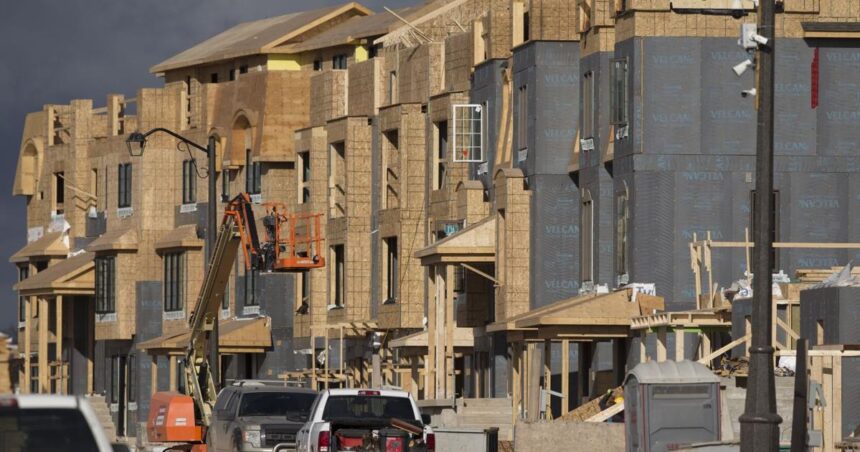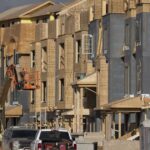The federal government’s ambitious plan to green Canada’s housing stock has inadvertently created a regulatory labyrinth that builders, developers, and homebuyers are struggling to navigate. As Ottawa pushes forward with increasingly stringent energy efficiency requirements, a fragmented approach to implementation threatens to undermine the very environmental goals these measures aim to achieve.
“We’re seeing confusion at every level of the housing ecosystem,” says Martin Hildebrand, President of the Canadian Home Builders’ Association. “Builders want to comply, but when federal, provincial, and municipal requirements conflict with each other, it creates costly delays and uncertainty that ultimately gets passed on to homebuyers.”
The latest iteration of the National Building Code establishes new energy performance tiers that provinces can adopt, yet implementation varies dramatically across Canada. British Columbia has embraced the highest standards with its BC Energy Step Code, while other provinces maintain minimum requirements or develop their own frameworks entirely. This patchwork approach has created a compliance nightmare for national developers operating across provincial boundaries.
Adding to the complexity, Natural Resources Canada recently updated its ENERGY STAR and R-2000 certification programs, which now sit alongside the Canadian Home Builders’ Association’s Net Zero Home Labeling Program. While these voluntary programs offer valuable guidance, they further fragment the regulatory landscape without providing a unified compliance pathway.
The consequences extend beyond administrative headaches. Industry experts estimate these regulatory inconsistencies add between $15,000 and $30,000 to the cost of new homes—a significant burden in an already overheated housing market. “At a time when housing affordability is at crisis levels, we’re inadvertently making homes more expensive through regulatory inefficiency,” notes housing economist Patricia Moreno.
For homebuyers, the situation is equally confusing. A recent survey by Abacus Data found that 72% of prospective homebuyers consider energy efficiency important, but only 23% understand what various certifications and standards actually mean in practice. This knowledge gap undermines consumer confidence and reduces market demand for high-performance homes.
Climate policy experts acknowledge the challenge but emphasize the urgent need for progress. “The building sector accounts for nearly 18% of Canada’s greenhouse gas emissions,” explains Dr. Lawrence Chen, environmental policy researcher at the University of Toronto. “We cannot meet our climate commitments without addressing energy use in homes, but we need to do so in a way that’s coherent and achievable.”
Some jurisdictions are finding ways to streamline the process. The City of Toronto has aligned its Green Standard with provincial building codes and federal programs, creating a clear tier system that developers can follow. This approach has received praise from both environmental advocates and industry representatives.
The federal government has acknowledged these concerns and recently launched a consultation process to better harmonize standards across the country. However, many industry stakeholders remain skeptical about the timeline for meaningful change.
As Canada continues its transition toward a net-zero future, the question remains: can we find a regulatory approach that balances environmental ambition with practical implementation, or will we continue to build a green future on a foundation of regulatory confusion?























